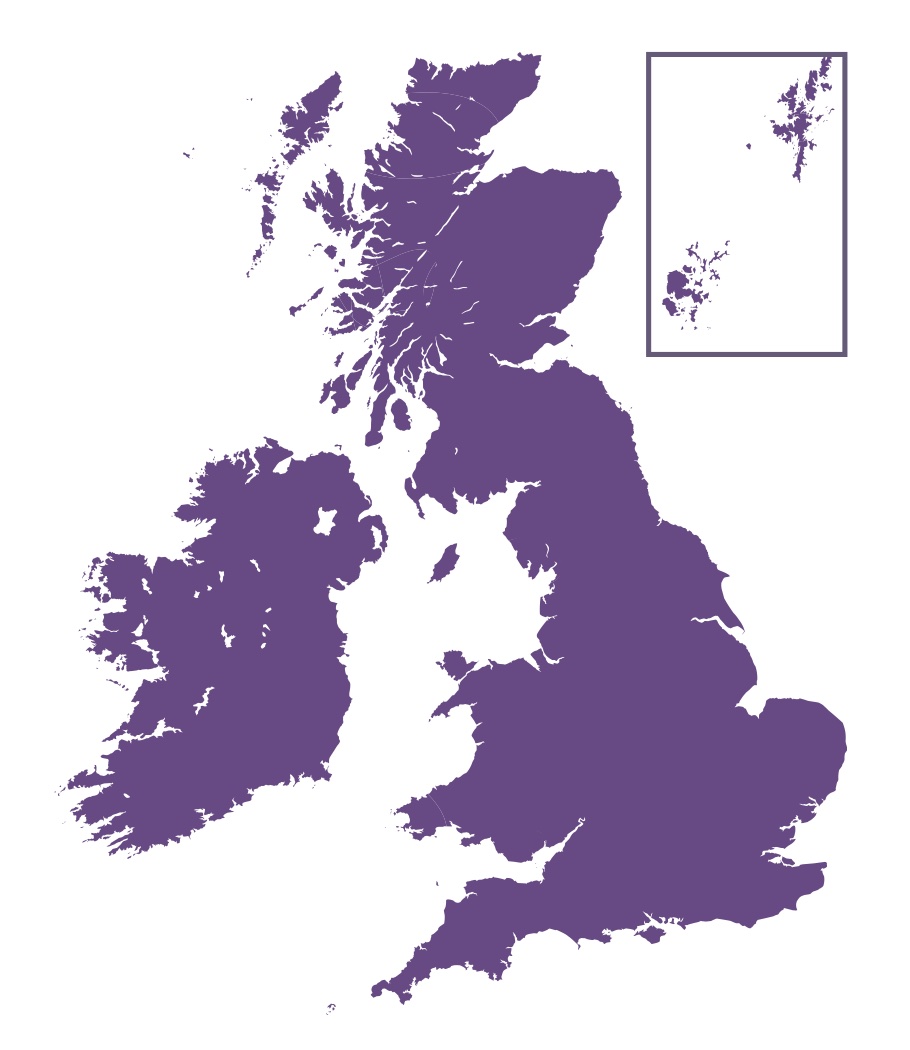
Photo © Peter Eeles
The Red Admiral is a frequent visitor to gardens throughout the British Isles and one of our most well-known butterflies. This butterfly is unmistakable, with the velvety black wings intersected by striking red bands.
This butterfly is primarily a migrant to our shores, although sightings of individuals and immature stages in the first few months of the year, especially in the south of England, mean that this butterfly is now considered resident. This resident population is considered to only be a small fraction of the population seen in the British Isles, which gets topped up every year with migrants arriving in May and June that originate in central Europe. Unfortunately, most individuals are unable to survive our winter, especially in the cooler regions of the British Isles.
The number of adults seen in any one year is therefore dependent on the number of migrants reaching the British Isles and numbers fluctuate as a result. In some years this butterfly can be widespread and common, in others rather local and scarce. This is a widespread species and can be found anywhere in the British Isles, including Orkney and Shetland.
The adults use a wide variety of nectar sources, including Buddleia, Ivy blossom and Bramble. They are also partial to rotting fruit, such as plums that have fallen from the tree. When resting on the ground or on a tree trunk, the undersides of the adults provide superb camouflage, making them almost invisible as they blend into the background.
Egg-laying females are very easy to spot. The powerful flight is replaced by a slow and deliberate flight as she flits from leaf to leaf of the foodplant, depositing an egg if the leaf is deemed suitable. Egg-laying is typically interspersed with periods of nectaring and resting.

This butterfly can be found almost anywhere, from the seashore and town gardens, to the tops of the highest mountains.
Adults feed primarily on Blackthorn (Prunus spinosa), brambles (Rubus spp.), Buddleja (Buddleja spp.), Common Fleabane (Pulicaria dysenterica), hawthorns (Crataegus spp.), Hemp-agrimony (Eupatorium cannabinum), Ivy (Hedera spp.), michaelmas-daisies (Aster spp.), Rotting fruit (N/A), Sap (N/A), thistles (Carduus spp. and Cirsium spp.), Wild Privet (Ligustrum vulgare) and Wild Teasel (Dipsacus fullonum).
The primary larval foodplant is Common Nettle (Urtica dioica). Hop (Humulus lupulus), Pellitory-of-the-wall (Parietaria judaica) and Small Nettle (Urtica urens) are also used.
